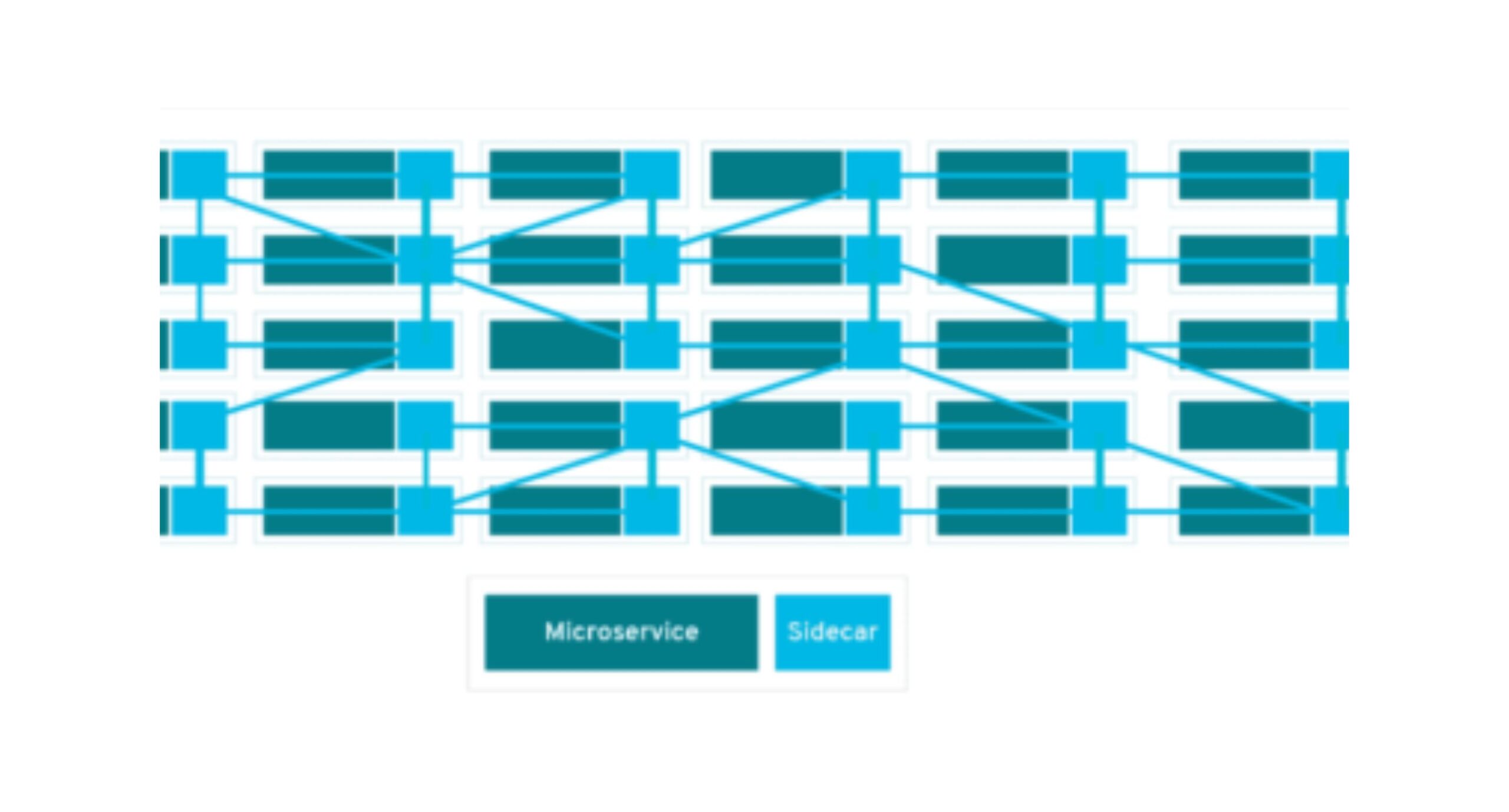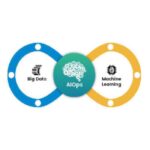It can be quite complex to prioritise numerous user stories in Jira or spreadsheet. You must know which ones are more important and offer higher value so that you can work on them next. Actually, an advanced technology of organising stories is certainly more preferred than your common messy backlog. This is where user story map enters.
User story mapping is a visual planning method and it is designed originally for office walls and white boards. It is a very innovative method and easy to learn. Its involvement in the process serves to deliver value to the process. In general, user story mapping tends to expend a lot of effort on the end-user. Therefore, you must frame the user goals and the problem.
In simple words, user story mapping helps development teams and product managers in defining their work. It serves to create a more innovative and delightful user experience. It is used for improving the understanding of teams of their customers and even help in prioritising the work. In user story mapping, a dynamic outline of user’s experience with the product is created by a team. For instance, for agile firms, it serves to offer an alternative to creating backlogs that don’t provide useful information.
Actually, story mapping serves to visualise the journey of a user through the software in an easy step by step flow. It helps users in creating various user stories. In comparison with a simple backlog, a user story map has a number of dimensions of movement and position through the landscape of product. It allows a user to map and navigate the user space of the product. In fact, with a user story map, a user can understand the experience of his product. In addition to it, a user can make the use of mapping for breaking down big stories without having to lose the big picture.
Generally, user story mapping involves the concept of user stories. These user stories tend to communicate requirements from a user value’s perspective. User story mapping utilises these user stories for building and validating shared understanding of the steps for creating products that users like and prefer. Teams can writer use stories in a format that serves to capture business value and they can be completed in a development iteration.
The user story format can be quite helpful in thinking about the interactions with products from a perspective of user. By mapping out these stories visually, product teams tend to tell the story of customer journey.
How it Works
Actually, the foundation of story map is a set of steps that must be considered a user for accomplishing their goals. These steps make up a narrative of the journey of the user. In fact, within each step, the user generally takes towards the completion of an activity and there are added dimensions of several user stories that can be considered for achieving the steps depending on the context and the user.
It is important to note that goals are the action that users consider for reaching their targets. Stories are the basic blocks of a map that explain something that can be delivered and evaluated.
Benefits
A story map has a number of benefits including:
It enables the management of user stories for both co-location and remote environments in a collaborative way while keeping everyone in the team at the same page.
- It enables the prioritisation and arrangement of user tasks and activities, and it drills down for refining them in associated user stories or related epics.
- It facilitates the management of tasks and activities, and helps in their further division into user stories.
- It prioritises the needs of users.
- Lastly, it manages backlog with a levelled structure and overview.
Check out: User Story Mapping on Atlassian Marketplace
Visit our previous blog: Service Mesh















